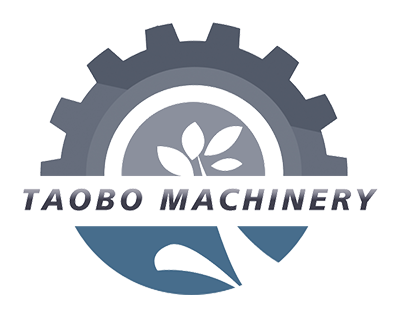The air screen cleaner works in tandem with “wind impurity removal” and “screen grading impurity removal” to accurately separate light impurities (such as dust, broken straw, and empty grains) and heavy impurities (such as stones, lumps of soil, and large foreign matter) in chickpeas. The core principle is to use the “differences in physical properties between materials” (different density, particle size, and suspension speed) to achieve stratification and separation.
1. Core Working Principle: Separation by Utilizing Differences in Physical Properties
The essence of the air filter cleaner is to “targetedly amplify the physical differences between chickpeas and impurities.” This relies on two key characteristics:
Suspension velocity difference: Chickpeas (full granules) suspend at a much higher velocity than light impurities (such as dust and leaf fragments). When the airflow velocity reaches the “light impurity suspension velocity” but falls short of the chickpea suspension velocity, the light impurities are carried away by the airflow, while the chickpeas fall due to gravity, achieving “air separation.”
Particle size difference: Chickpeas are relatively uniform in size, while impurities (such as small stones, broken beans, and large straw) have a particle size that does not match the chickpeas. A screen with a specific aperture allows chickpeas of the appropriate size to pass through, while impurities remain on the screen surface or are discharged, achieving “screening separation.”
II. Complete Workflow: Five Key Steps for Collaborative Impurity Removal
1. Step 1: Feeding and Pre-dispersion
Function: After the chickpeas enter the feed hopper, the vibrating distributor uses gentle high-frequency vibrations to evenly spread the accumulated chickpeas, forming a thin, uniform layer.
This prevents concentrated accumulation of chickpeas, which can lead to airflow failure during subsequent air separation or screen clogging during screening, providing a uniform material base for subsequent cleaning.
2. Step 2: Air Cleaning (Removal of Light Impurities and Initial Separation)
Structure: A “wind separation chamber” is located below the distributor, housing a centrifugal fan (or axial flow fan), a guide plate, and an impurity collection bag/channel.
Function (Core Step):
The fan generates a “directional airflow” that flows upward or horizontally from the bottom or sides of the air separation chamber, creating a uniform layer of chickpeas. Light impurities (dust, straw fragments, and shriveled chickpeas) in the material layer are “blown” by the airflow due to their low suspension velocity. They are carried by the airflow toward the impurity outlet and eventually pass through the deflector plate into the “light impurity collection bag.” Full chickpeas and heavy impurities (pebbles and dirt) are unable to be lifted by the airflow due to their high suspension velocity. They fall under the influence of gravity to the “screen grading device” below, completing the initial separation of “light impurities from heavy materials (chickpeas + heavy impurities).”
3. Step 3: Screen grading (removing heavy impurities and selecting specifications)
Structure: A “multi-layer vibrating screen” (usually 2-3 layers, with each layer having a different mesh size, decreasing from top to bottom) is installed below the air separation chamber. The screen is driven by an eccentric shaft or a vibrating motor, performing either reciprocating linear or circular vibration. Function (Precise Impurity Removal + Size Grading):
4. Step 4: Secondary Air Separation (Optimizes Cleaning Results and Removes Residual Light Impurities)
Structure: Some high-end equipment will include a “secondary air separation channel” (a small fan + air guide structure) before the “finished chickpea outlet.”
Function:
Qualified chickpeas that have passed the screen classification may still retain a small amount of light impurities (such as fine dust adhering to the surface of the beans). The low-pressure airflow of the secondary air separation blows away these remaining light impurities, ensuring that the final output chickpeas are “free of visible impurities and meet cleanliness standards.”
5. Step 5: Finished Product and Impurity Collection (Classified Output, Complete Cleaning)
Qualified chickpeas that have undergone secondary air separation enter the “finished product silo” through the finished product channel for further processing.
Impurities separated at each stage (light impurities, large impurities, and small impurities) are collected through corresponding channels and then cleaned regularly.
The core logic of the Taobo air screen cleaner is “first rely on wind power to separate light and heavy impurities, then rely on the screen to separate large and small impurities”. Through the progressive process of “air separation to remove light impurities → screen to remove heavy impurities → secondary air separation to fine cleaning”, it can achieve efficient separation of impurities.
Post time: Sep-25-2025







